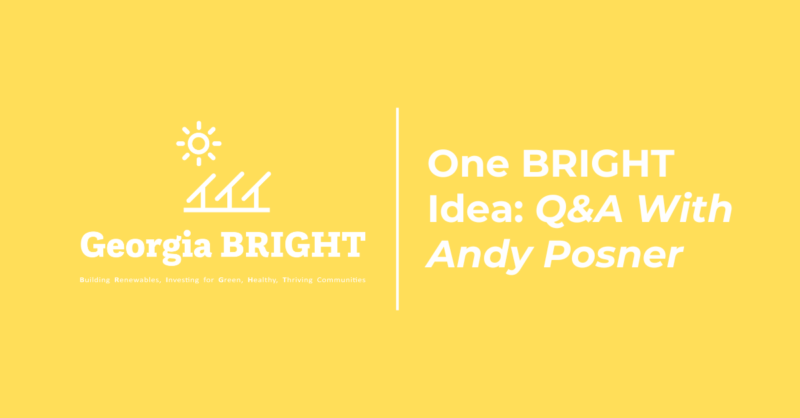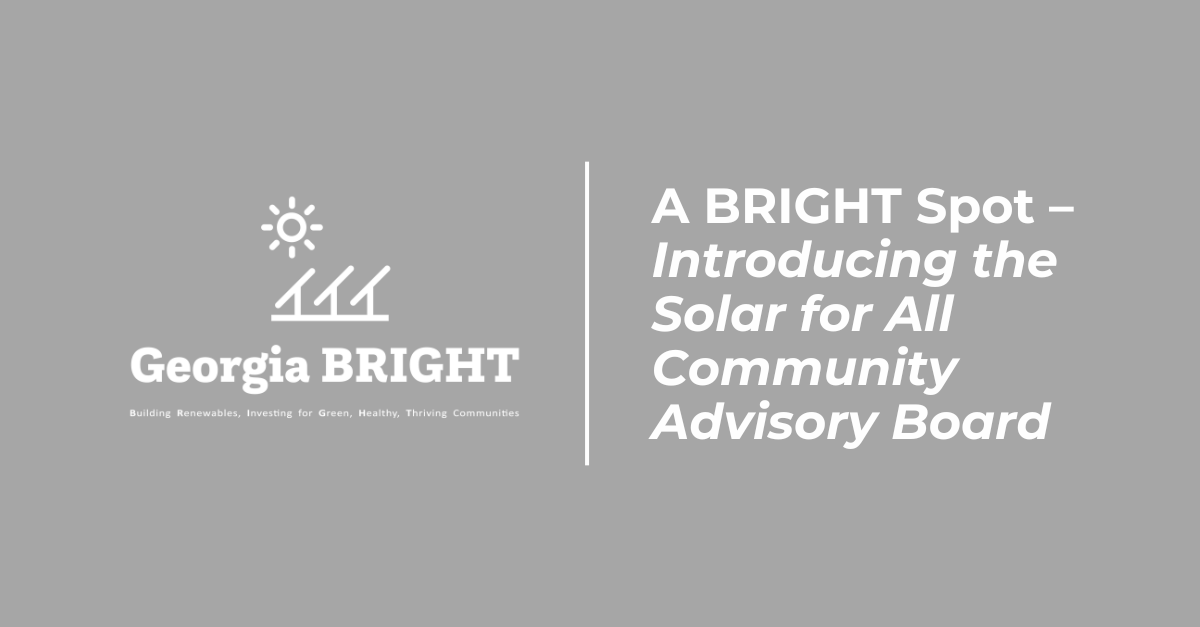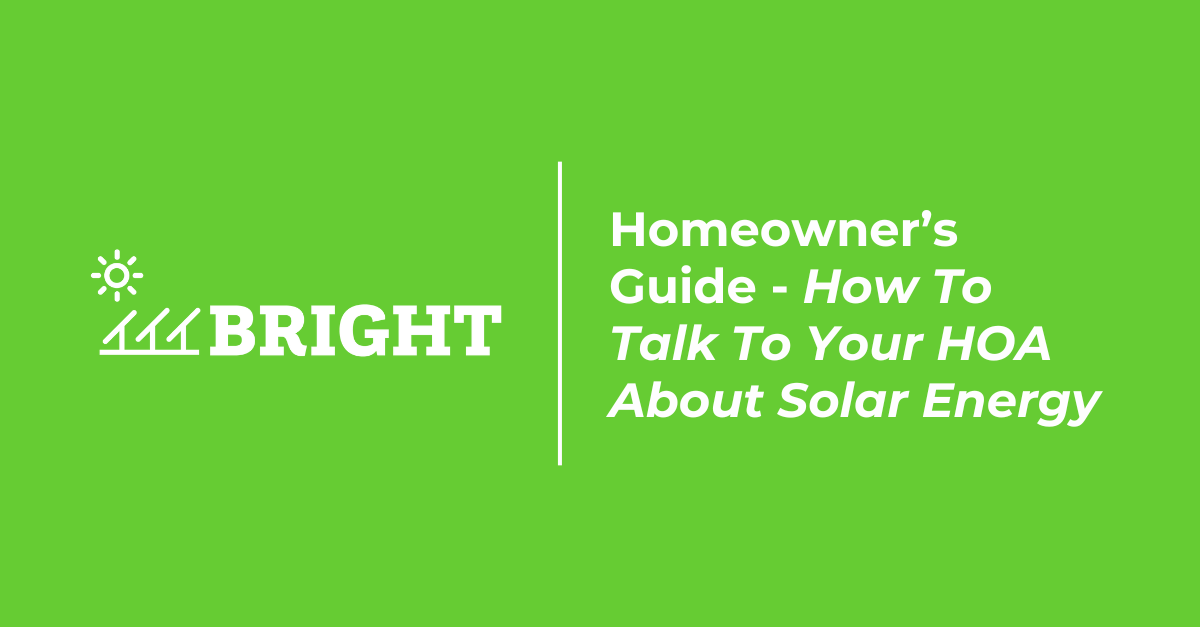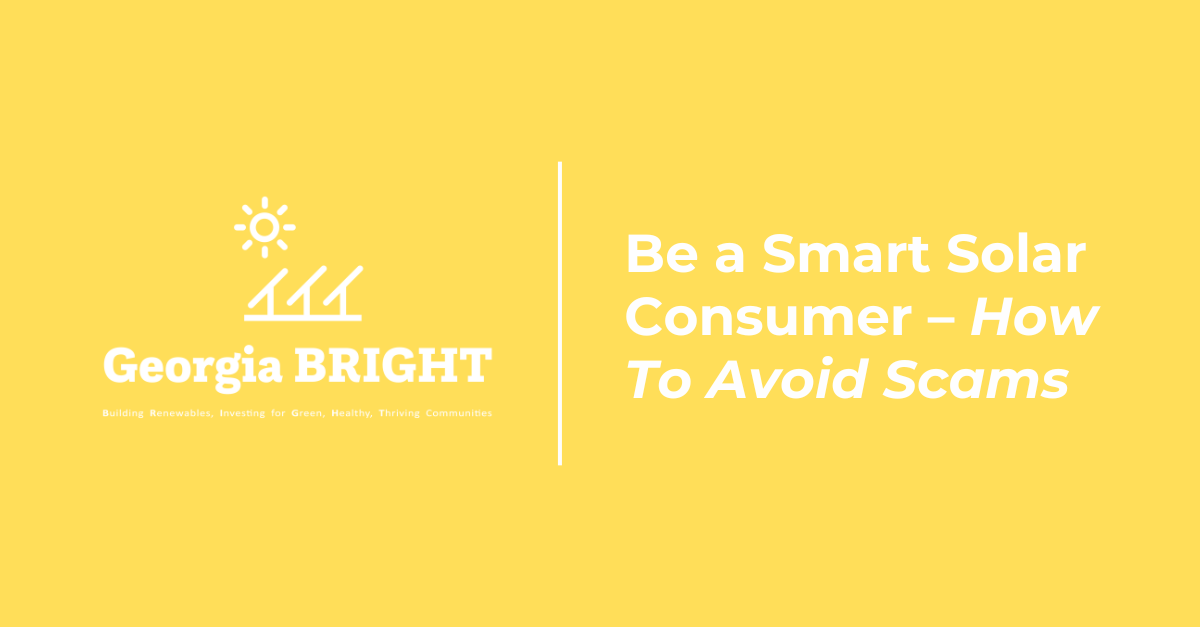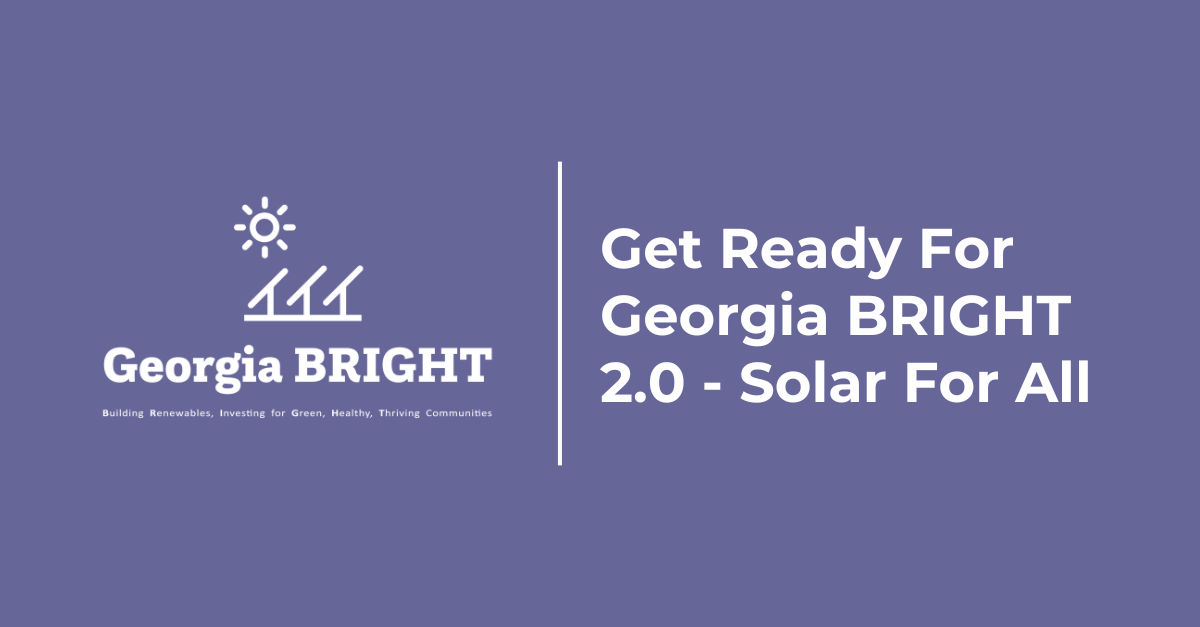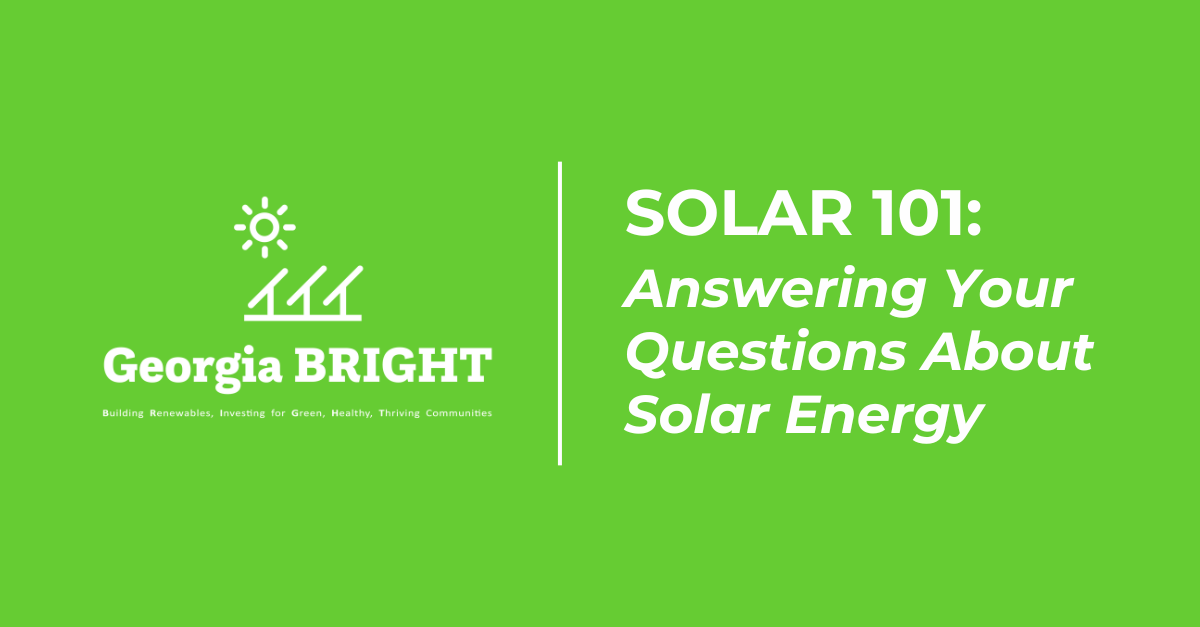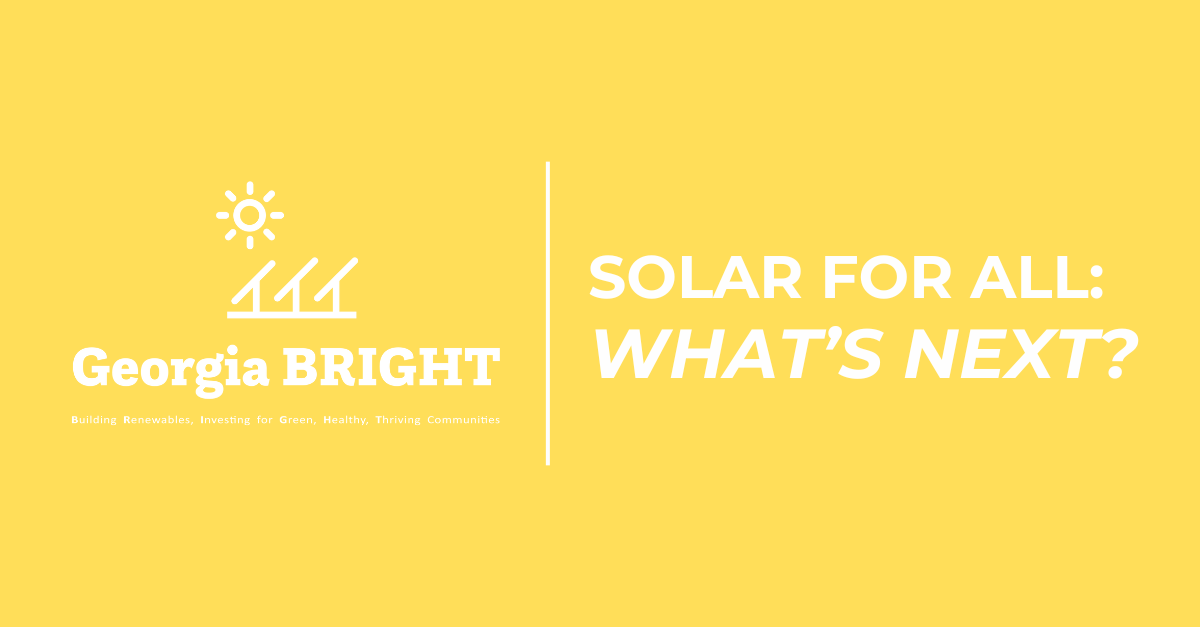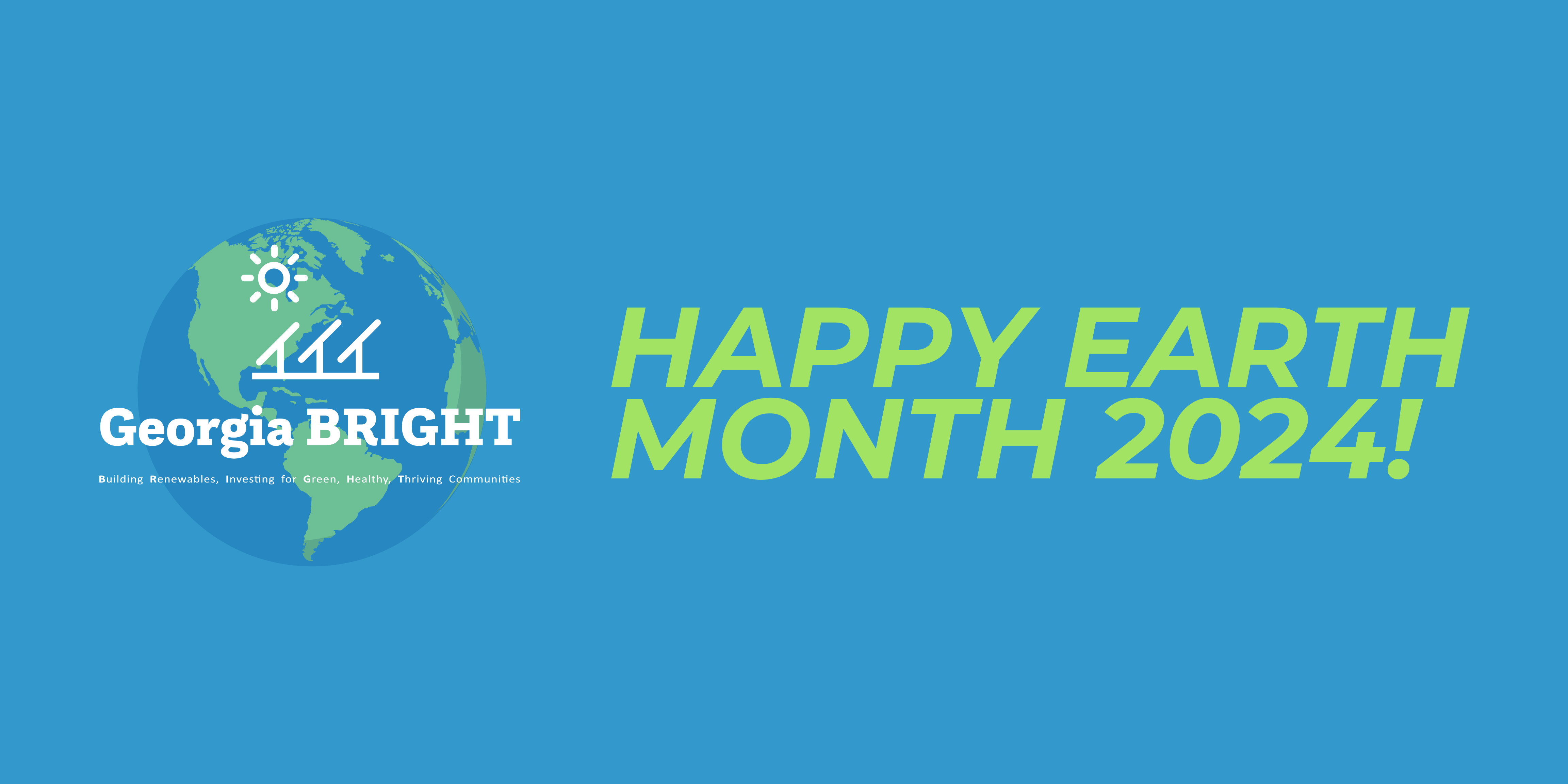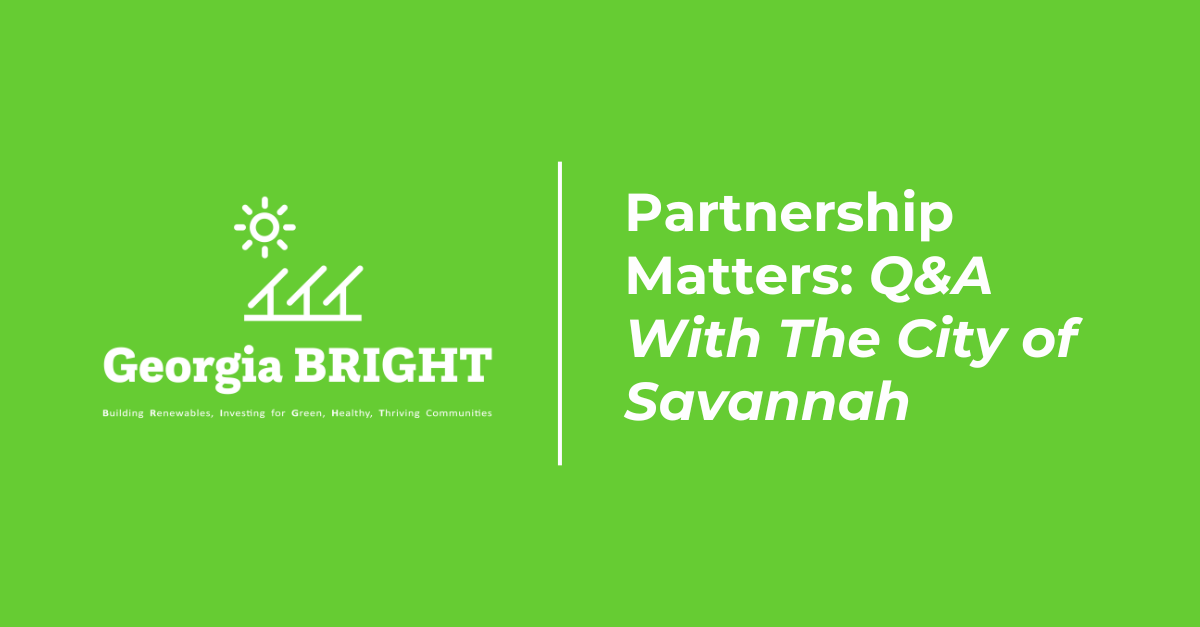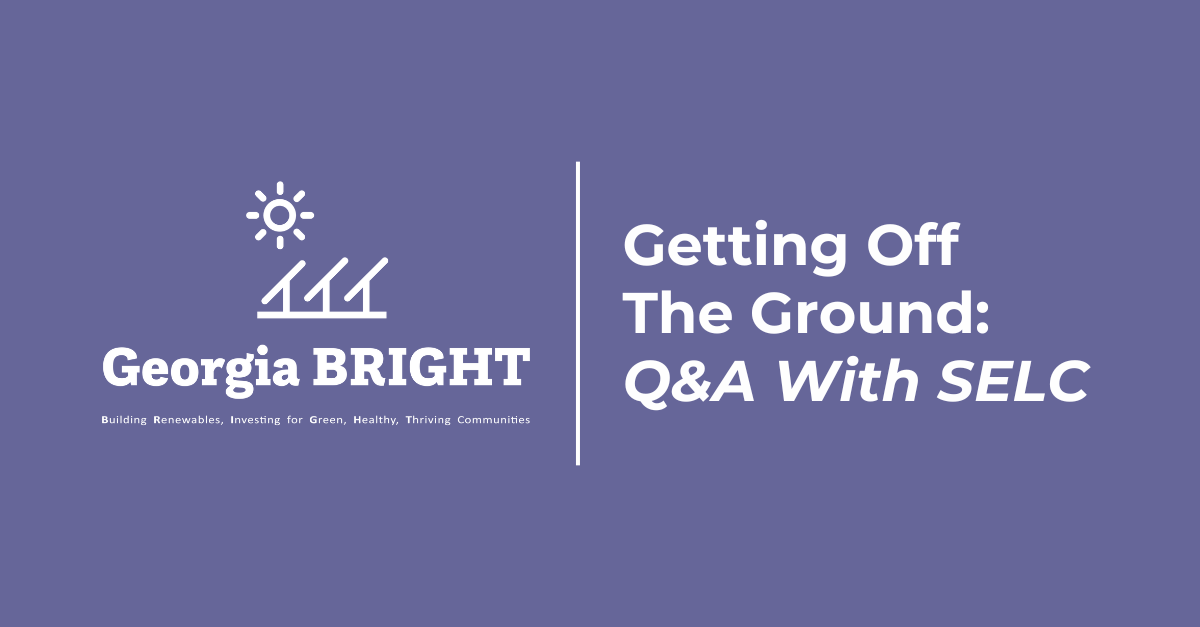How did you come up with the idea for Georgia BRIGHT?
When we launched a solar lending program in 2021, we succeeded in hitting our loan goals but struggled to reach low and moderate-income (LMI) families, which was the goal. While there is a 30% tax credit for clean energy systems, that tax credit can only offset a tax liability. People who don’t owe any federal tax or only a $1,000 tax credit can’t make full or even any use of the tax credit. However, the Inflation Reduction Act (IRA) allows nonprofits to claim the tax credit directly if they own the system. As soon as we saw that, we realized that doing a leasing program would allow us to claim that tax credit and use it to pass the savings on to the homeowner.
How is Georgia BRIGHT different from other solar leasing programs?
It’s more complicated for a for-profit company to use the solar tax credit, so between transaction costs and their expectation of a significant financial return, the tax credit doesn’t end up benefiting the homeowner very much. They also have tighter criteria when they review an application, some are not always transparent, and many aren’t as good at finding LMI families. As a nonprofit, our requirements for returns are much lower. We can offer lower-cost leases and because we’re in the community we are designed to serve LMI families effectively, ethically, and reliably.
Why did you pick Georgia for the pilot?
Georgia isn’t the most obvious state to do this, since it’s a market where energy is fairly low cost and there isn’t a lot of solar being installed. Yet we were invited in a way that showed us that we would have on-the-ground support to do the outreach, community building, and trust building that we can’t always do because we are in so many states. We wanted to prove that we can do solar in a market where it isn’t happening otherwise. In so doing, we hope to drive changes in the market such as a better solar policy that can allow more families to benefit from solar more easily.
What has the reaction to Georgia BRIGHT been like?
Even though the setup was complicated and took us 10 months, we’ve already done enough leases to know that it’s fairly quick and easy for someone to apply and for us to close the lease and then work with the installers to set up an installation date. We’ve had to overcome some skepticism. Solar is seen by many as a luxury good and traditionally there hasn’t been a product that allows LMI people to save money. Once we get an inquiry, we have conversations, and the process from there is smooth. One pleasant surprise is that people are interested in installing batteries with their systems, which raises the monthly cost but allows them to store the power so they can draw on it during the evening when it is more expensive. It also protects them from outages due to extreme weather.
What are the next steps for Georgia BRIGHT?
We just launched Georgia BRIGHT for nonprofits which allows organizations to lease solar systems for their buildings whether it is a nonprofit, government agency, or house of worship. It works the same way as it does for residents: we own and maintain the solar systems and the organization saves money on utilities. Several states have expressed interest in bringing this program to their LMI communities. We’ll have more to share in 2024.
